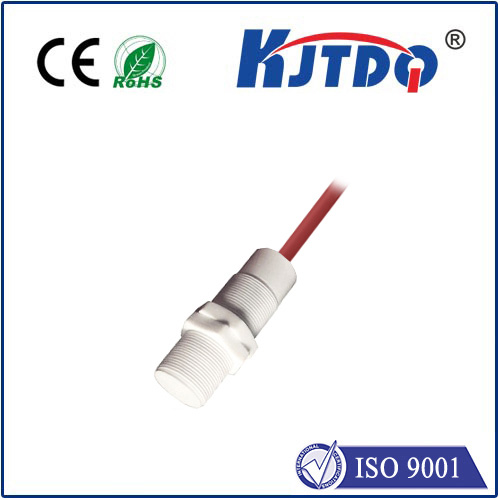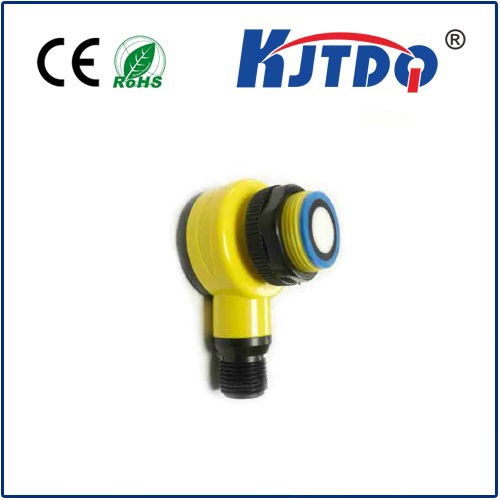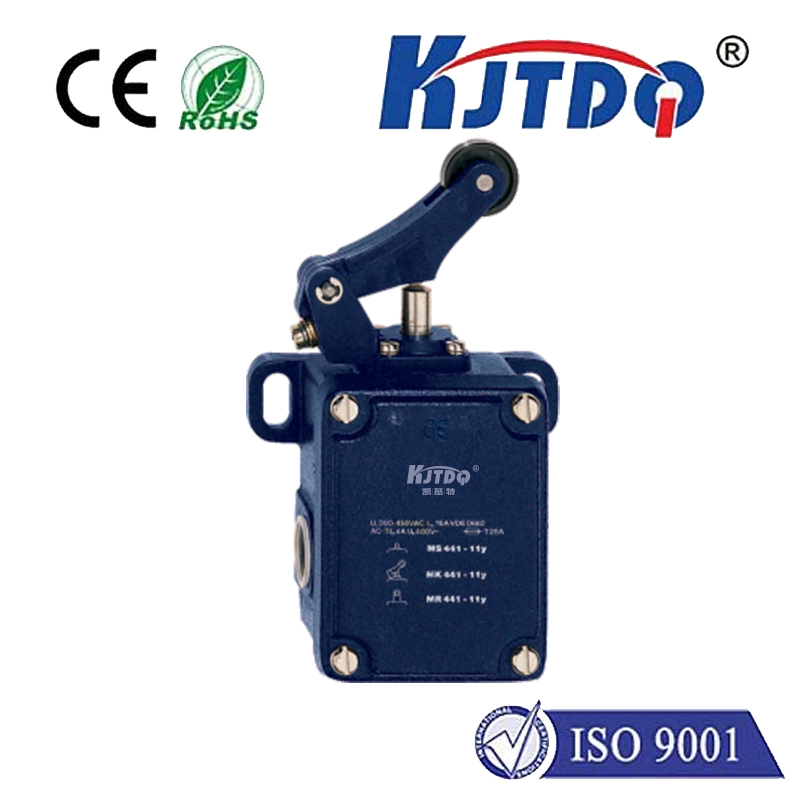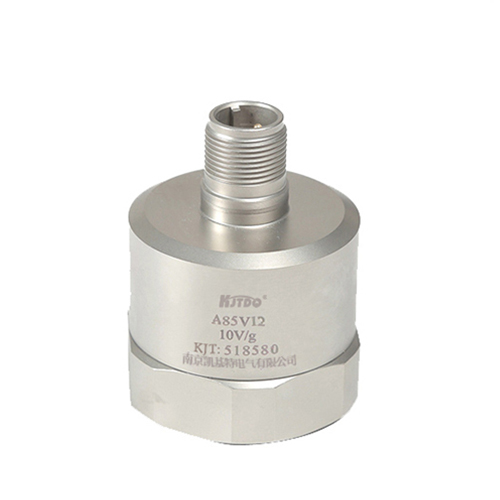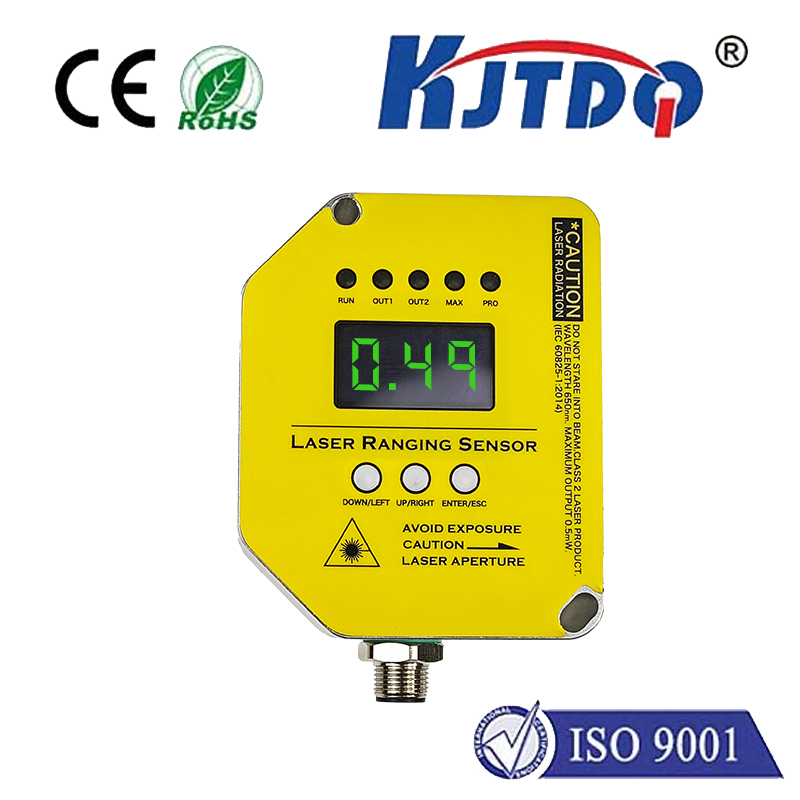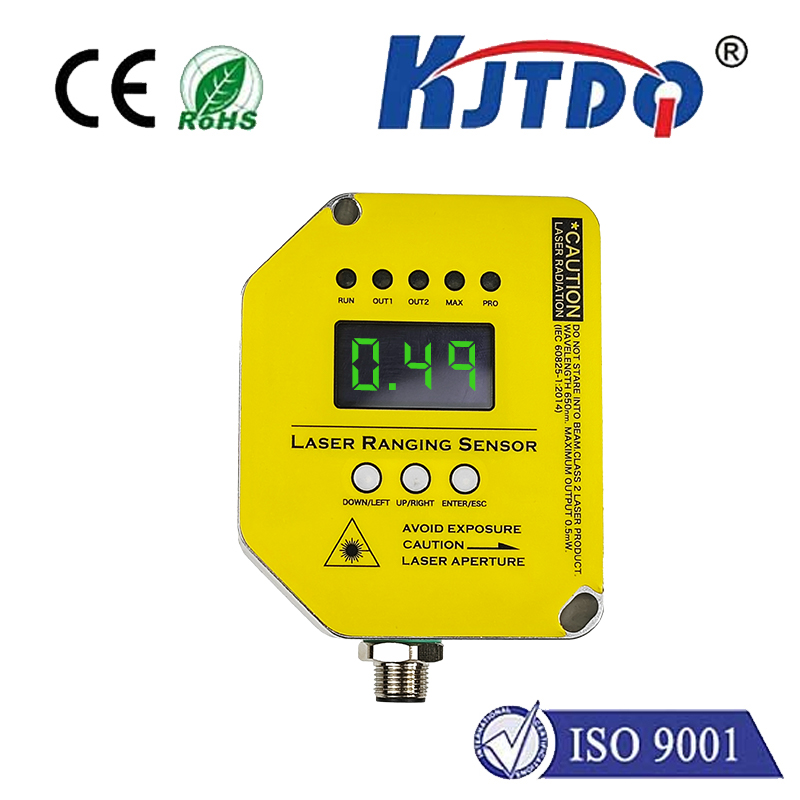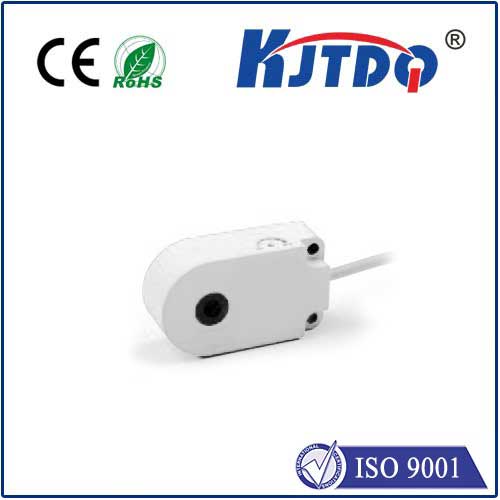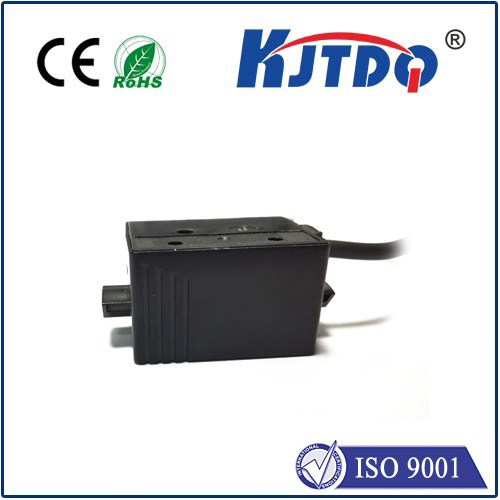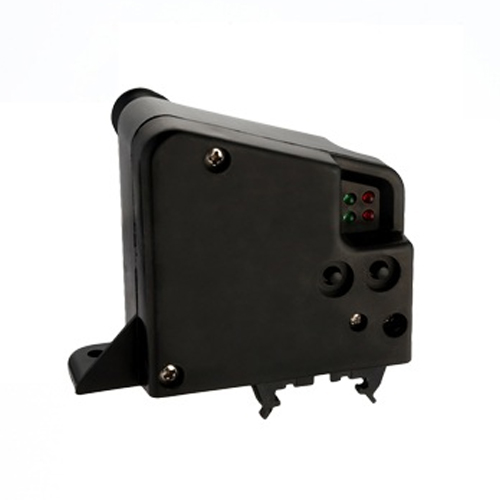object proximity sensor
- time:2025-07-14 15:00:27
- Click:0
Object Proximity Sensors: The Unseen Guardians of Modern Automation
Ever bumped your new robotic vacuum into furniture one too many times? Or marvelled at how warehouse robots zip around without collisions? The silent heroes enabling this dance between machines and their surroundings are often object proximity sensors. These sophisticated devices act as the “eyes” and “feelers” of countless automated systems, providing critical information about the presence, absence, or distance of nearby objects—all without physical contact. Understanding their function and importance is key to unlocking the seamless automation we increasingly rely on.
An object proximity sensor is, fundamentally, a device engineered to detect the presence or absence of a target object within a specified range, its proximity zone. The defining characteristic is that this detection occurs without any physical touch. Instead, these sensors rely on various physical principles to sense disturbances in a field or energy beam caused by the approaching target.
Unveiling the Invisible: How Proximity Sensors Sense
Several distinct technologies power the diverse world of proximity detection:
- Inductive Proximity Sensors: These stalwarts of industrial automation primarily detect metallic objects. They generate an oscillating electromagnetic field. When a metal target enters this field, it induces small eddy currents within the metal, causing a measurable change in the sensor’s coil oscillation. This change signals the presence of the object. Robust, reliable, and perfect for harsh environments, inductive sensors are found everywhere from assembly lines counting metal parts to sensing valve positions.
- Capacitive Proximity Sensors: These versatile sensors detect nearly any material: metal, plastic, wood, liquids, powders, and even biological tissue. They work by generating an electrostatic field. Any object entering this field alters the capacitance between the sensor’s electrode and ground. Capacitive sensors excel at detecting non-metallic materials and are crucial for applications like monitoring liquid levels in tanks, detecting filled containers on a conveyor, or sensing a person near equipment.
- Ultrasonic Proximity Sensors: Employing sound waves beyond human hearing, these sensors emit ultrasonic pulses and calculate distance by measuring the time it takes for the echo to return from an object. They are highly effective for distance measurement and detecting objects regardless of material, color, or surface characteristics (although sound-absorbing materials can pose challenges). Common uses include parking assistance systems, bin level monitoring, and detecting large objects on conveyors over longer ranges.
- Photoelectric/Optical Proximity Sensors: These sensors use light beams (visible, infrared, or laser). They detect objects based on the interruption (retro-reflective, through-beam) or reflection (diffuse) of this light beam. Offering longer sensing ranges and high precision, they are ideal for detecting small objects, transparent materials, or providing presence verification at a distance. You’ll find them in packaging lines detecting labels, security systems as light curtains, and automated doors.
- Magnetic Proximity Sensors: These are specifically designed to detect the presence of permanent magnets. They are simple, highly reliable, and often used for position sensing, like detecting whether a door or cylinder is open/closed or in its end position.
Why Non-Contact Detection Matters
The core advantage of proximity sensing technology is its non-contact nature. This fundamental characteristic delivers critical benefits:
- Minimal Wear and Tear: Since there’s no physical interaction, neither the sensor nor the target object suffers mechanical wear, dramatically enhancing longevity and reducing maintenance costs.
- High Reliability & Speed: Contactless detection enables extremely fast response times (often microseconds), essential for high-speed automation and safety-critical applications. There’s no mechanical bounce or lag.
- Versatility: Ability to detect a wide array of objects – metals, non-metals, liquids, powders – often independent of surface conditions like dust, oil, or moisture (depending on sensor type and rating).
- Harsh Environment Tolerance: Designed with robust housings (often IP67 or higher) and immune to vibration, many proximity sensors thrive in challenging industrial conditions where mechanical switches would fail.
The Ubiquity of Proximity Sensing: Where Do We Find Them?
Object proximity sensors are the often-invisible workhorses across countless sectors:
- Industrial Automation: Machine safeguarding (E-stops, access control), part counting, position verification, conveyor jam detection, robotic guidance, automated assembly control, and liquid level sensing. They are fundamental to modern Manufacturing Execution Systems (MES).
- Robotics: Collision avoidance, gripper positioning (detecting if an object is grasped), navigation (LIDAR and ultrasonic sensors), and end-effector tool detection. They enable safe human-robot collaboration (Cobots).
- Automotive: Parking sensors, blind-spot monitoring, automated braking systems, adaptive cruise control, gear position sensing, and automated washing systems in production lines. Ultrasonic and optical sensors are key players here.
- Consumer Electronics: Smartphone screen blanking during calls, tablet auto-rotation detection, robotics vacuum cleaner obstacle avoidance, and automatic faucet/towel dispensers. Capacitive sensors dominate here.
- Building Automation: Automatic door opening/closing, elevator position sensing, occupancy detection for lighting/HVAC, and safety light curtains. Photoelectric and capacitive sensors are widely used.
- Security Systems: Intrusion detection (glass break, motion), access control systems, and perimeter monitoring.
Choosing the Right Proximity Sensor: Factors Matter
Selecting the optimal object proximity sensor requires careful consideration of several parameters:
- Target Material: Is it metal? Plastic? Liquid? Wood? Different sensor technologies excel with different materials.
- Sensing Range: How far away does the object need to be detected? Ranges vary significantly between sensor types (e.g., inductive: mm to cm, ultrasonic: cm to meters).
- Operating Environment: Exposure to temperature extremes, dust, moisture, chemicals, or intense electromagnetic interference? Look for appropriate ingress protection (IP) ratings and environmental specifications.
- Response Time: How quickly must the sensor react? High-speed processes demand fast sensors.
- Output Type: Does the application require a simple on/off output (PNP/NPN transistor, relay), an analog signal (distance proportional), or a digital communication (IO-Link)?
- Size and Mounting Constraints: Physical space limitations dictate sensor size and shape requirements.
Innovation Continues: The Future of Proximity Sensing
The field of proximity detection is far from static. We see continuous advancements:
- Miniaturization: Sensors becoming smaller, enabling integration into ever-more compact devices and tighter spaces.
- Enhanced Smart Sensors: Integrated diagnostics, IO-Link communication for parameter configuration and data exchange, self-monitoring capabilities, and compensation for environmental factors like temperature drift. This enables Predictive Maintenance strategies.
- Multi-Technology Fusion: Combining different sensing principles (e.g., ultrasonic and optical) in a single unit for more robust and versatile detection capabilities.
- Improved Range and Accuracy: Refinements in ultrasonic, optical (LiDAR), and magnetic technologies are pushing the boundaries of reliable distance measurement and fine object discrimination.
- AI Integration: Using sensor data streams with AI algorithms for predictive failure detection, advanced object classification, and smarter decision-making in automated systems.
Object proximity sensors, from the robust inductive sensor on a factory floor to the tiny capacitive sensor in your smartphone, have become indispensable components of our technological landscape. Their ability to provide reliable, non-contact detection ensures the smooth, safe, and efficient operation of countless automated systems, quietly shaping the efficiency and interactivity of the modern world.











